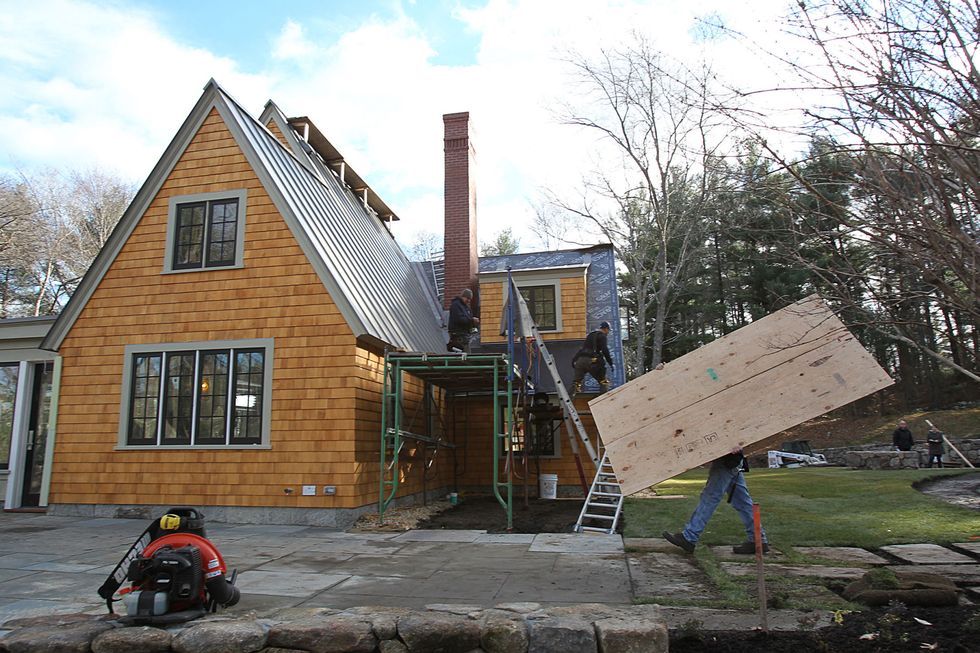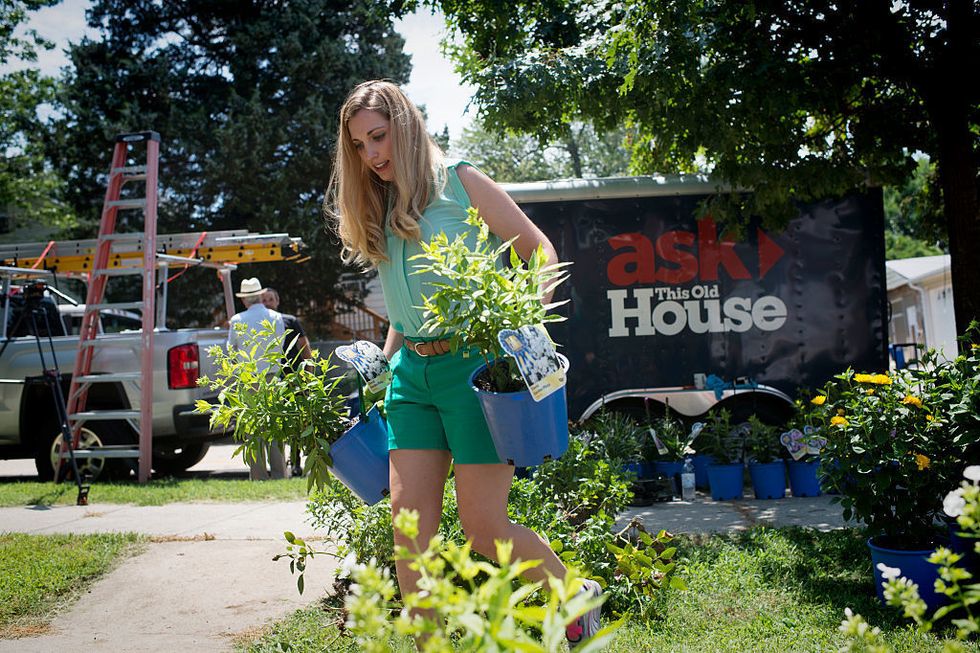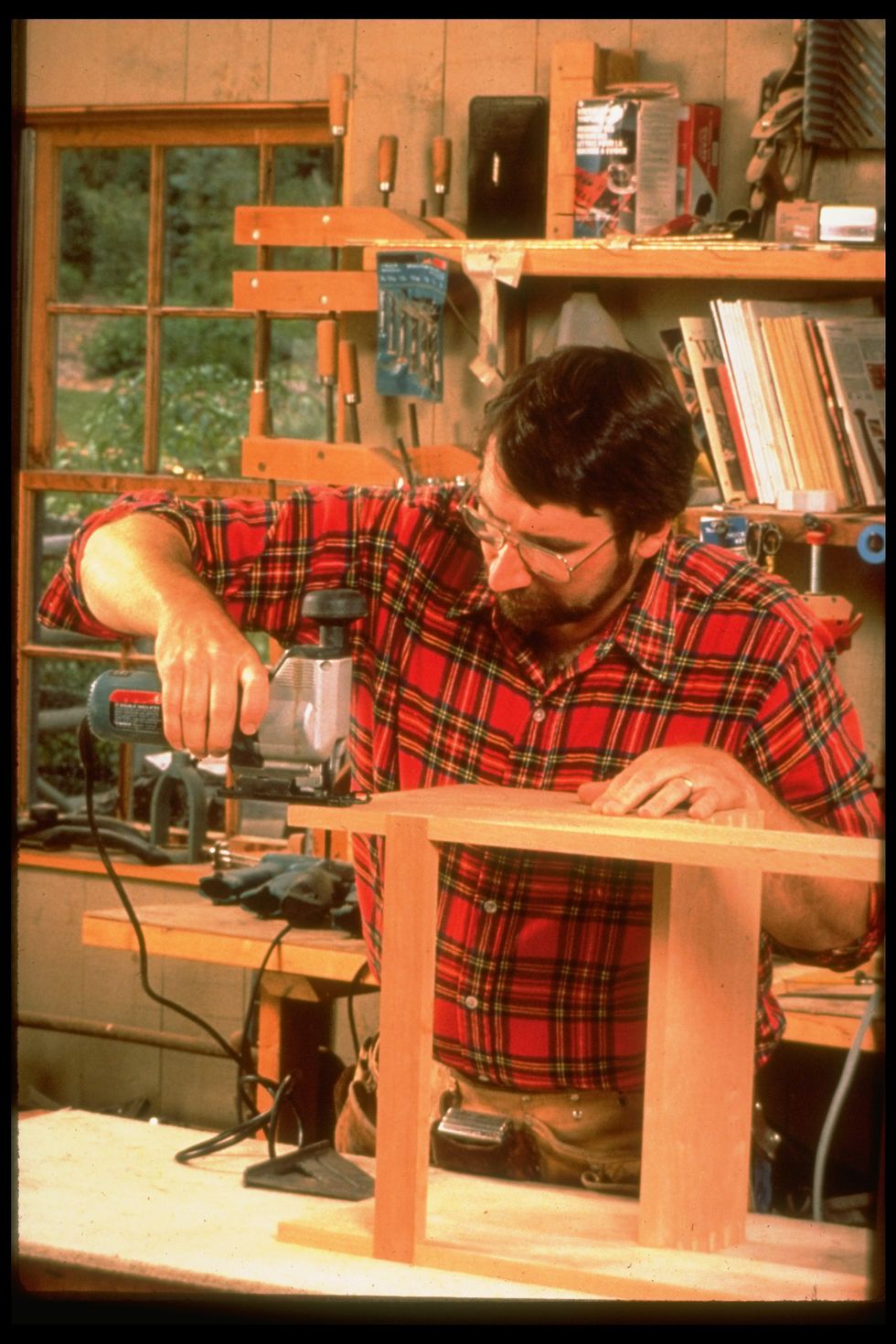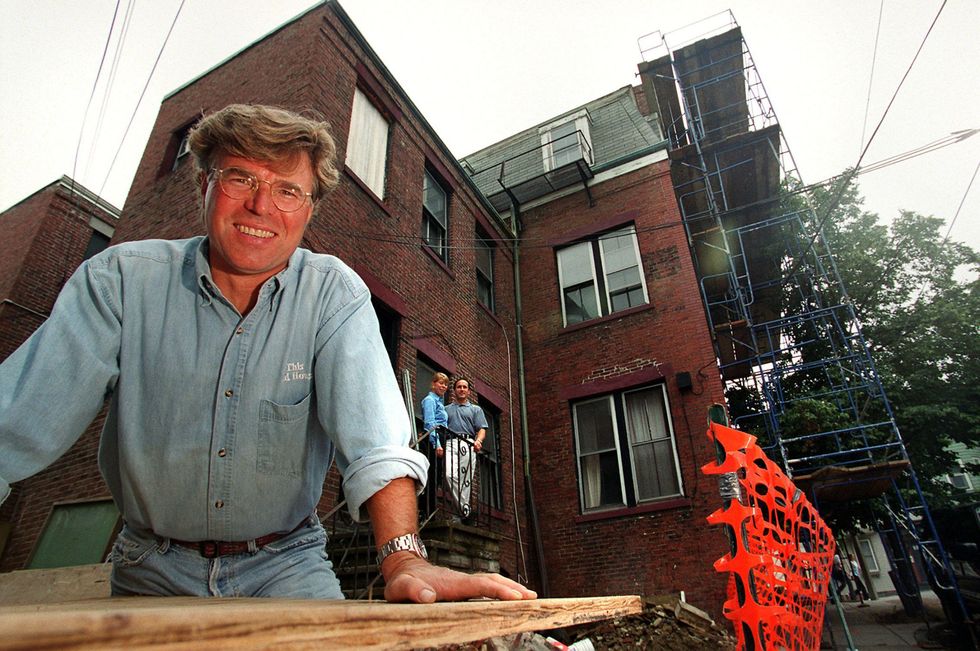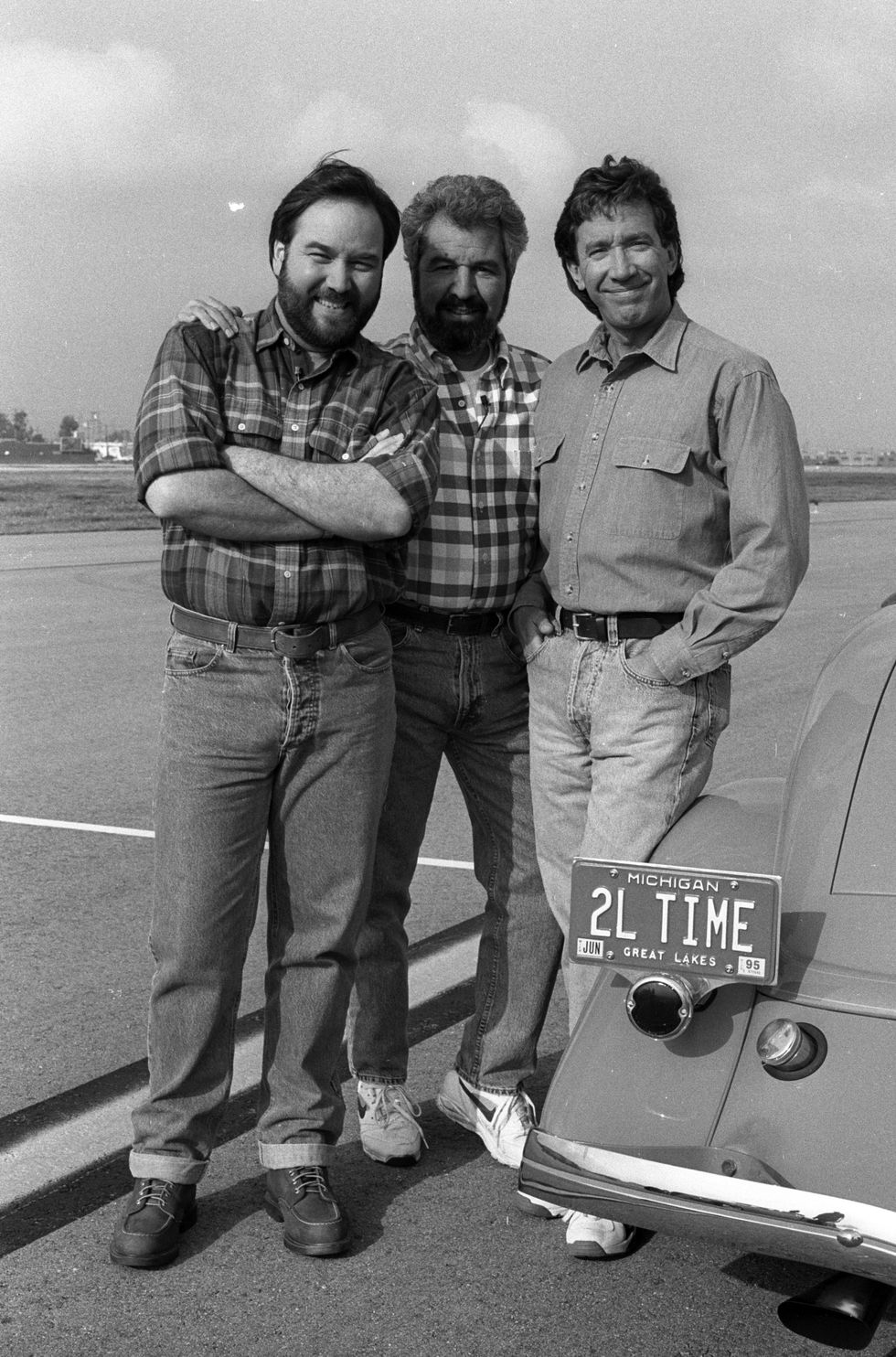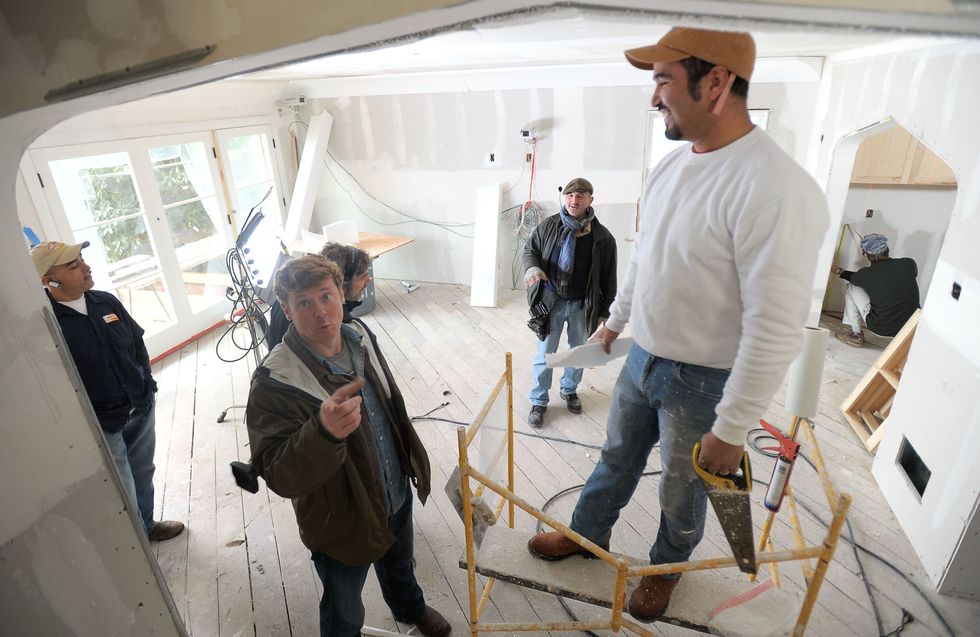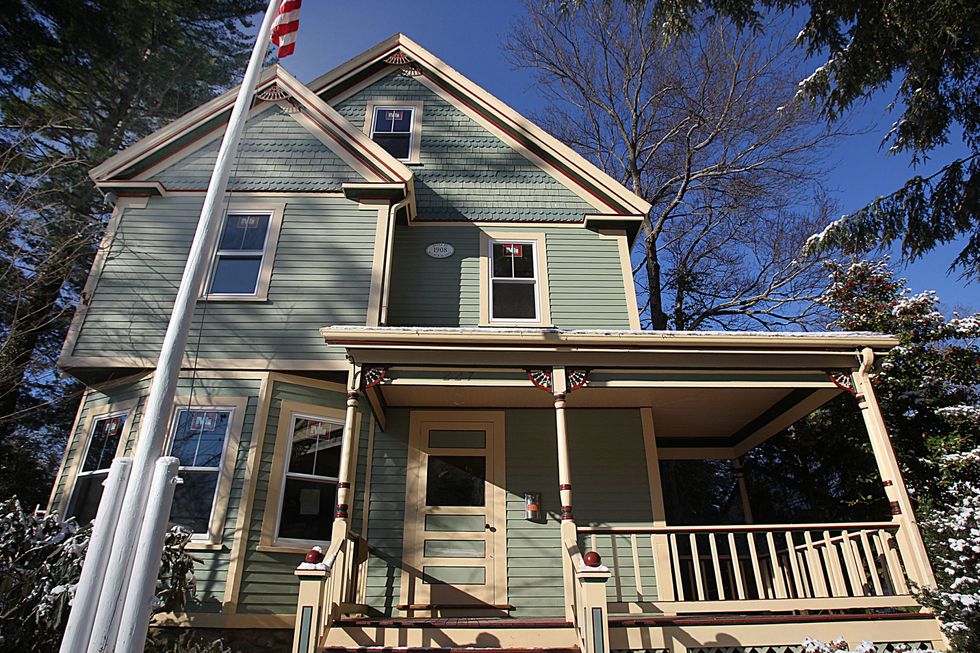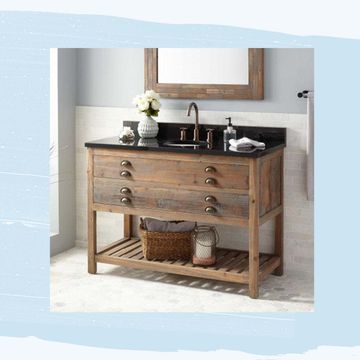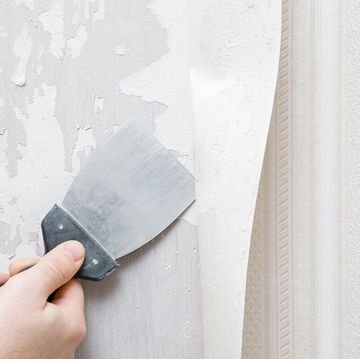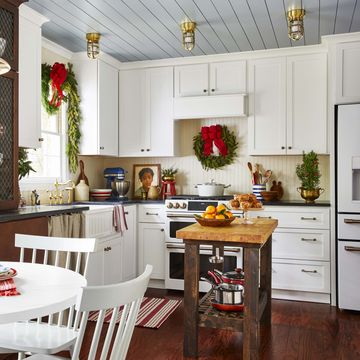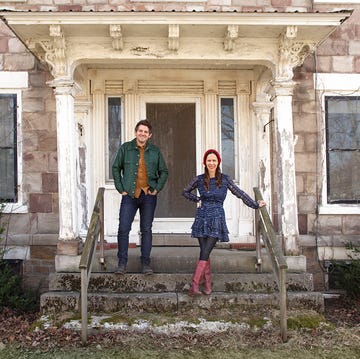How 'This Old House' Launched Home Improvement Television As We Know It
But the father of all home renovation shows almost didn't happen.
Long before HGTV was a twinkle in its mother's eye, one PBS member station lit the spark that became the flame of an entirely new genre of television. The idea came one winter day in Boston when producer Russell Morash drove by a construction site and noticed a group of people huddled around a plywood wall, straining their necks to see beyond the plexiglass window. If a crowd like that can be drawn to an excavation site on a cold, snowy day, he thought, I can make a compelling show about home construction.
Fifteen years earlier, Morash had introduced viewers to Julia Child with one of America's first cooking shows, The French Chef, based on her bestselling 1961 cookbook. In other words, he had experience parlaying "latent cultural interests into wildly popular television shows."
"He believed that an expert, not an actor or performer, who could share the wisdom and secrets of their passion would be of tremendous value to the audience," says Eric Thorkilsen, CEO of This Old House Ventures and former senior vice president of business development for Scripps Networks, the parent company of HGTV.
Watch Next
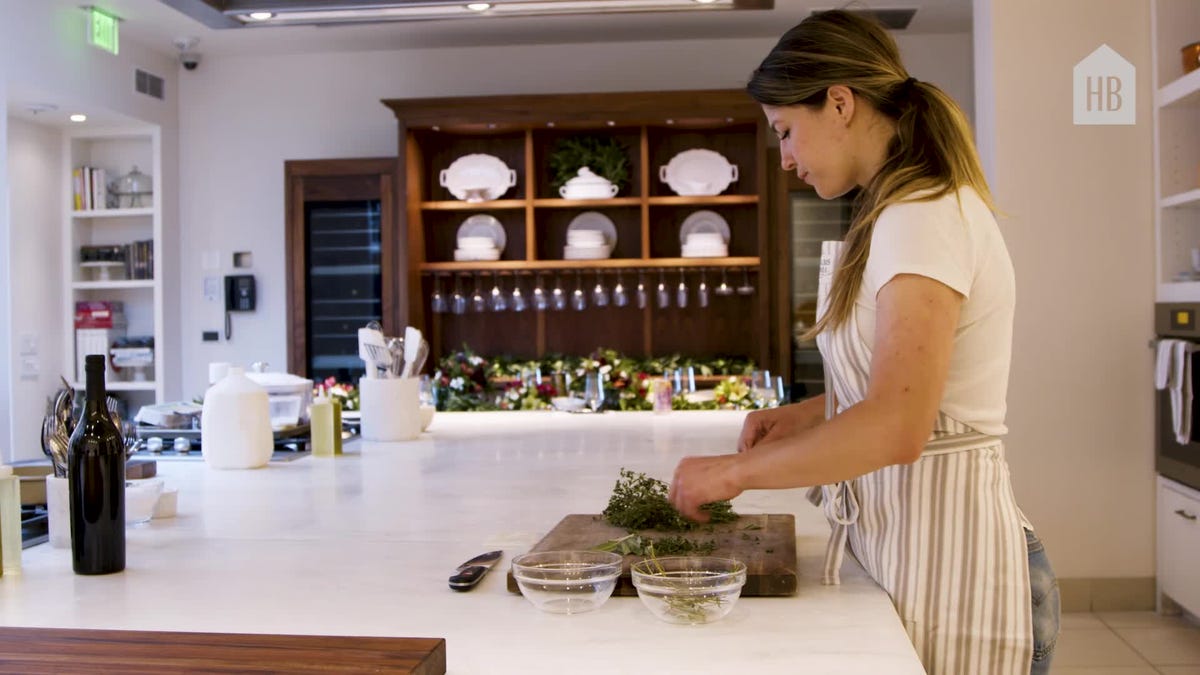
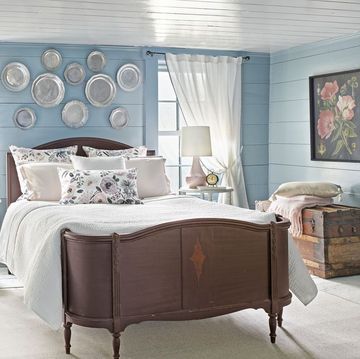
51 Best Bedroom Paint Color Ideas for 2024
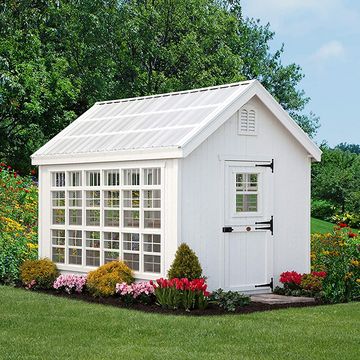
The Best Tiny Houses for Sale on Amazon
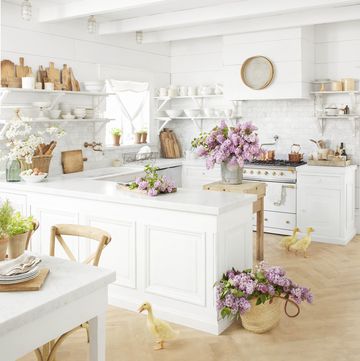
The Best Kitchen Remodel Ideas You'll Want to Try

Best Renter Friendly Peel & Stick Wallpaper

